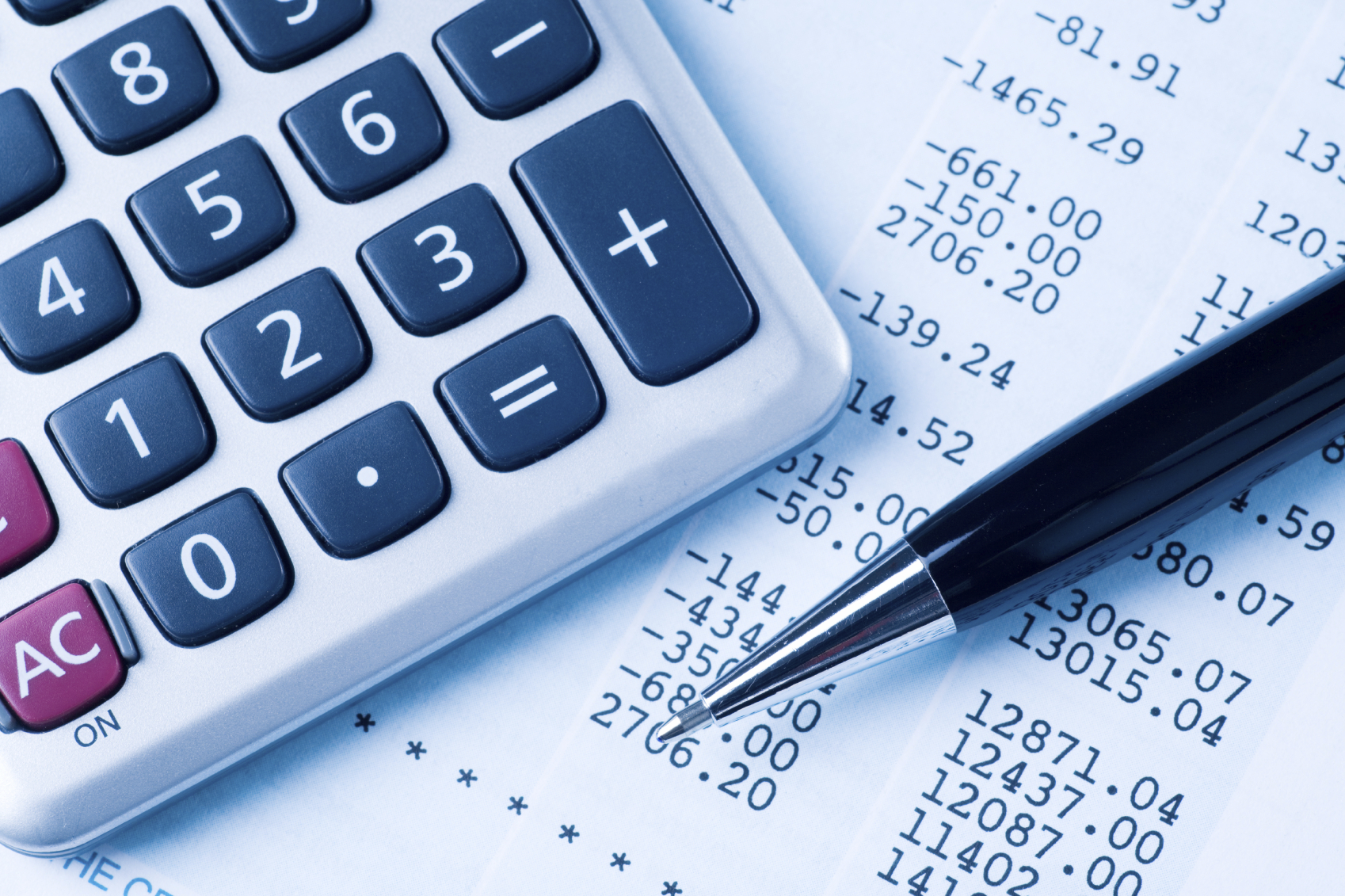Why Keeping a Higher Interest Rate Sometimes Makes Sense
Conventional wisdom often tells us that when given the choice of paying between debts, we should apply the payments to the highest yielding (i.e.-most expensive) interest rate debt. However, I think that is an antiquated way of handling your finances. Here’s why.
Let’s assume I gave you $20,000 that had to be applied towards debt. In your personal scenario “A” you could take the money and pay off a new acquired car note of $20,000 that bears an interest rate of 3.5%. The other option, scenario “B”, would be to take the $20,000 and pay down your $200,000 mortgage that bears an interest rate of 6.5%. Furthermore, if you made that down payment, it would allow you to reduce your current mortgage rate from 6.5% to 4.5%; a full 2% reduction! What would you choose?

I can tell you many of the people I speak to would quickly jump at the chance to reduce the mortgage so they could refinance. However, let’s actually look at the numbers and see what makes sense from a cash flow standpoint. You can use any standard loan amortization calculator on the internet to run these examples.
It is also important to carefully choose the money lender that you would seek help from. Most of these businesses really offer high interest rates for the amount of money that you borrow. So make sure to choose a reliable money lender to avoid any trouble and frustration in the future.
If you take a $200,000, fixed rate mortgage at 6.5%, the principal and interest payments are $1,264.14. Likewise, if you take a $20,000 auto loan at 3.5%, the principal and interest payments are $363.83. This gives you a grand monthly total for the two debts of $1,627.97. Now, let’s see what happens when we apply my generous $20,000 gift.
Under scenario A, the car note goes away, so you are left only with the monthly mortgage payment of $1,264.14. Under scenario B, the car note stays at $363.83. However, the new mortgage is now $180,000 fixed at a rate of 4.5%. This translates to a principal and interest payment of $912.03. This time, the grand monthly total for the two debts of $1,275.86.
How is this possible? You reduced your mortgage balance by $20,000 of higher interest debt and dropped your interest rate on the remaining balance by a full 2%! Yet you are still paying more money every month under Scenario B. It seems counterintuitive to keep a mortgage loan that has a higher interest rate and pay off a low rate car loan.

The key here is the amortization period of the loans. You are, without question, going to pay less interest on the mortgage over time. However, if you are look to maximize your monthly cash flow, it will almost always make more sense to eliminate shorter amortization loans. Reductions of long amortization period loans, even when substantially reducing the interest rate, simply don’t have the same impact. When you are developing your debt reduction plan, this is an important concept to remember.
